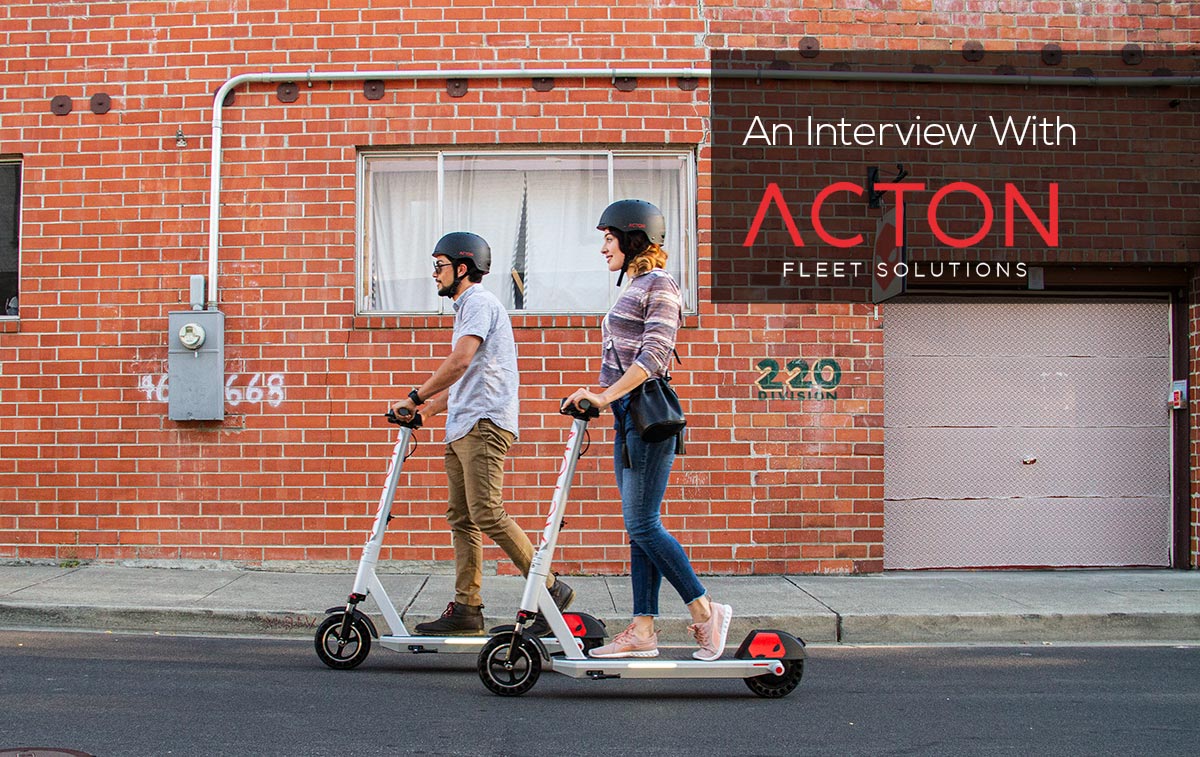Key Takeaways
Drones are hotter than ever. From Amazon’s plan to deliver merchandise to the Super Bowl’s electric halftime show, drones are here to stay!
It’s predicted that there will be 7 million drones in the airspace by 2020 with 2.7 million of them dedicated to commercial use.
But what exactly is a drone? What is their commercial use? What are the issues and regulations that apply to them? And how (or why) should you purchase commercial drone insurance?
Well, sit back and enjoy the flight as we answer these burning questions and provide insight into this quickly evolving industry.
What is a drone?
For those new to the industry, a “drone” is the sexier, more recognizable term for what is actually known as an Unmanned Aircraft System (UAS). A UAS is an aircraft system without a human pilot on board and controlled from the ground instead.
Drone regulations for commercial use
In order to operate a drone for commercial purposes, the Federal Aviation Administration (FAA) has created a new rule known as Part 107. As with any regulation, there is an array of prerequisites that must be met to be in compliance. In order to begin operations, both the pilot and the drone itself must meet requirements specific to the location in which you’re intending to fly.
Here are some of the highlights:
- The pilot must be 16 years of age and hold a remote pilot airman certificate.
- The drone must be under 55 lbs.
- The pilot must operate within the rules of the airspace he or she is flying within.
Once you meet Part 107 standards, the focus then turns to the actual operating rules. The key issue with flying a drone in the FAA’s eyes is how it will interact with the airspace as well as the liability aspect of flying over populated areas.
Operating rules include:
- The drone can only operate during the daytime (30 minutes before official sunrise to 30 minutes after official sunset).
- The drone must be in the pilot’s line of sight at all times.
- The drone must fly under 400 feet above ground level or stay within 400 feet of a structure from which it’s operated.
- The drone must maintain a speed of less than 100 mph.
- The drone must give the right of way to manned aircraft (planes, helicopters, etc.).
After reading the limitations of operating drones, let’s discuss how they are commonly used commercially and what drone insurance works best for you.
Commercial use for drones
A drone is an amazing tool for business. The most common use involves video or aerial photography including land mapping or surveying. Because a significant amount of this work is done in sparsely populated areas, a drone is a perfect cost-efficient tool, allowing access that once required helicopters or small planes.
The entertainment industry has widely integrated the use of drones as well. As with land mapping or surveying, a drone allows access to unique footage that had previously seemed impossible or cost prohibitive. (Some recent examples include the latest Super Bowl halftime performance as well as Planet Earth II.)
Commercial use for drones has expanded to include various industries, such as last mile delivery services. Companies utilizing drones for last mile delivery should also consider specialized last mile delivery insurance to protect their operations.
If you’re interested in utilizing a drone for commercial purposes, it’s important to properly protect it as well as yourself and others. This brings us to the most germane section of this post: how to get commercial drone insurance!
Insuring a drone
Insuring a drone may seem daunting and/or extremely dry. It is however a worthwhile investment to ensure that you and your business are properly protected.
It’s important to know that aircraft are excluded from most other policies, so you’ll need to look for a stand-alone aviation policy.
The first step: determine if the drone is non-owned or owned by your company.
For non-owned drone operations you should secure a Non-owned UAS liability policy. This type of policy provides contingent third party liability coverage. UAS liability insurance offers coverage for a third party bodily injury or property damage claim arising from the use of the drone on your behalf. The drone operator’s policy serves as the primary layer of insurance (the first layer to respond to the claim), while yours will act as an excess layer (the back-up plan). This is the contingent portion of the coverage.
For example, let’s say you hire a drone operator to film for you and the drone crashes, causing a personal injury or property damage to a 3rd party (perhaps a bystander) that sues you for those damages. The drone’s owner should have insurance and your business should be named as an additional insured on their policy. The owner’s policy would cover the claim first. If those limits were exhausted, then your policy would provide additional coverage.
For owned drone operations, you should seek a Hull and liability policy. This policy provides third party liability coverage (like the non-owned policy), however, it will not be contingent. Your policy will be the first level of protection against a claim. The other aspect of this policy: it provides hull protection. In other words, it provides protection for physical damage to your drone in the event something happens to it.
The privacy factor
Depending upon the nature of your operation (non-owned or owned) and the plan you purchase, it’s critical to understand the risk of invasion of privacy. Personal injury (privacy) is an extremely hot button topic in the drone insurance community. Upon review of your policy, it’s important to see if this coverage is provided or excluded. Even if it is provided, insurance will not cover any intentional or deemed illegal act. Insurers are still figuring out the best way to protect their insureds as well as the community at large from these types of issues.
Whether you’re dealing with drones or looking into other types of specialized coverage like non-owned auto insurance, it’s crucial to understand the specifics of each policy to ensure comprehensive protection for your business









